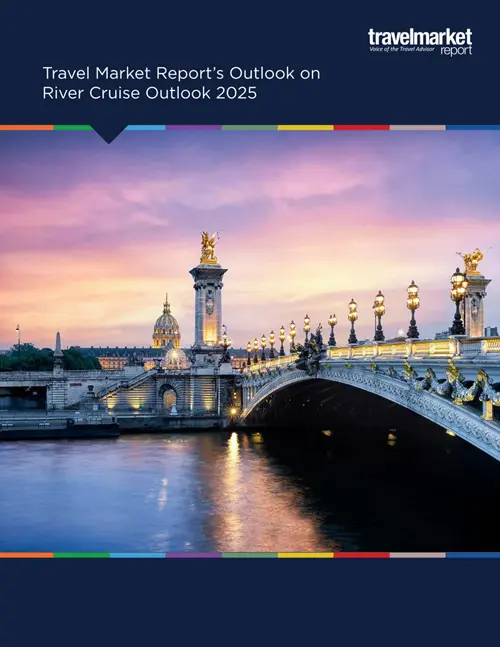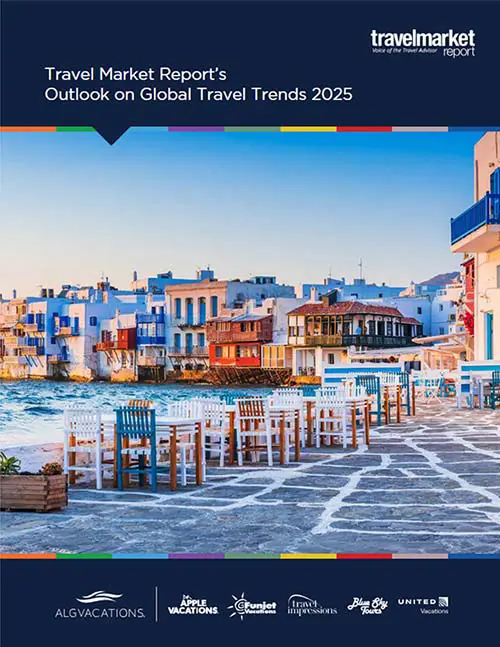Personality Is Key to Crafting a Compelling Personal Brand
by Marilee Crocker
It’s worth doing a little introspection to investigate your personality because “your personality is an important part of making sales happen." Photo: Shutterstock.com.
If you were a car, what type of car would you be? Are you practical? Sporty? Fun or fast? High-mileage maybe? Those are some of the questions travel advisors might consider when crafting their personal brands, according to business growth expert Larry Mersereau, CTC.
Mersereau’s reasoning is simple: The car you drive usually reflects your personality, and understanding your personality is essential to crafting your personal brand. Projecting a personal brand successfully is especially important for independent travel consultants. “You are a business, and your business has to have a brand that people recognize and trust,” said Mersereau, who has presented workshops on brand differentiation and marketing at numerous retail travel conferences.
If the car analogy doesn’t work for you, Mersereau suggested asking yourself or a trusted friend questions such as: “What am I like to work with? Am I fun? When I answer the phone does it sound like you just made my day because you called me? Or does it sound like you’re an interruption to something more important? Do I sound like I have fun with what I do? Does what I wear reflect my personality?”
It’s worth doing a little introspection to investigate your personality because “your personality is an important part of making sales happen. Everything about the business has got to reflect your personality,” he said. Don’t believe him? Think of the times you’ve walked into a store planning to buy something, only to walk out empty-handed because you were turned off by the salesperson.
Following are more branding and marketing tips from Mersereau, drawn from a presentation he gave at the Travel Leaders Network’s 2018 annual conference.
1. Be consistent.
Wherever consumers encounter your brand, they should see the same messaging and look, including layout, color scheme, photos and verbiage. This applies to your website, Facebook and LinkedIn pages, profile pages on ASTA TravelSense and your consortium’s agent-finder site, as well as print materials such as promotional post cards – in other words, all your communications should look and feel the same.
Continuity is critical because if your brand doesn’t look the same every time a customer encounters it, you’ll lose out on the benefits of repeated exposure. And, when it comes to marketing, repeated exposure is key to making a lasting impression.
2. Communicate the right message.
The messaging in your profile and other online content should be about the customer’s interests and the benefits to them of doing business with you. Don’t make the common mistake of focusing your copy on your credentials and business experience, no matter how impressive.
“If you write about them, they will read all day. If you keep writing about yourself, they get bored,” he said. Similarly, the headline on your website, profile pages and social media pages should say to your target customer: “Hey, you’ve got to stop and read this! This is about you!”
You’ve still got to tell people why they should do business with you, Mersereau said, “but not by saying, ‘I’m this, I’m that.’”
3. Spice it up.
“Don’t be afraid to have a little bit of attitude.” Showing some character and personality in your profile and other brand messaging will make you far more memorable. As an example, Mersereau pointed to the headline on Minnesota travel advisor Pam MacIntyre’s online profile, which reads, “Experienced Beach Bum.”
Romance travel specialist Carol Behne in Clear Lake, Iowa, displays a little attitude in her online messaging to future brides this way: “With all that you’re already planning, you have enough stress in your life right now. Researching your perfect destination and arranging all of the crucial details is pressure you just don’t need!”
4. Look your best.
Don’t waste time going through your photo album to find a decent photo of yourself for your profile. Spend the money to have a professional photographer take a business headshot or a professional photo of you in a situation that shows your expertise, such as a beachfront wedding venue, if romance is your niche.
If you insist on using nonprofessional photos, Mersereau suggested setting up an account on photofeeler.com, a free website where you can get other people’s reactions to your photos before posting them.
5. Be sure to tell consumers to take the next step.
Your website and online profile pages should clearly direct consumers to call or email you so they can get started on their travel plans. “Don’t assume people are going to say, ‘Let’s see, how do I get in touch with her?’ Tell them, this is how you get in touch: ‘Click here to email me.’”
6. Offer to reward them for contacting you.
Rather than just prompting consumers to call or email you, give them a reason to contact you, such as: “‘Click here and I’ll send you a free special report that I wrote on this destination,’ or ‘Click here and I’ll send you links to videos about this destination.’ Now you’ve got a dialog established, and you can go back and forth with them.”
7. Spruce up your in-person networking to reflect your personal brand.
“What do you do?” is a question you will be asked dozens or even hundreds of times of year, Mersereau noted, so “you should have an answer on the tip of your tongue.” Think about how to convey who you are and what you do in just a few words. “Make it simple and fun. If you can make it a provocative introduction, they’re going to start asking questions.”
For a travel advisor whose niche is romance travel, this might be something like, “I create romantic travel plans for lovers who want memories they’ll cherish for life,” he said. MacIntyre, the “experienced beach bum,” might introduce herself by saying, “I help prospective beach bums find their own personal paradise.”
























